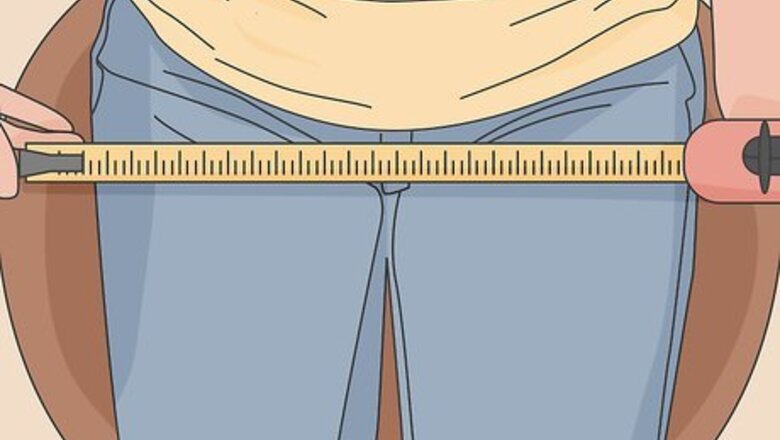
views
Determining Seat Dimensions
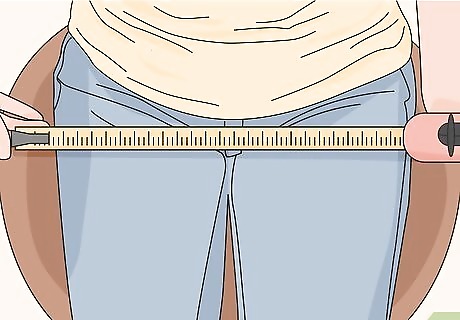
Measure the hip width of the person who will use the wheelchair. Place the person in an upright seated position before taking the measurement. Take the measurement at the point where the person’s hips are the widest. This will be used to determine the width of the wheelchair’s seat. If the user’s thighs become wider than their hips while sitting down, then measure the width of their thighs instead. Taking this measurement at the widest point of their body while sitting down will ensure that the sides of the seat don’t squeeze the occupant anywhere. To be safe, add 1 to 2 inches (2.5 to 5.1 cm) to this measurement to account for slight movements and comfort when the person is sitting in the wheelchair.Tip: If the person will be using the wheelchair in a cold weather climate, add an extra 1 inch (2.5 cm) to account for the thickness bulky winter apparel like jackets.
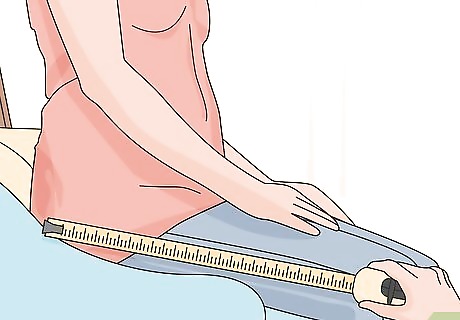
Record the length of the person’s leg from their rear to their knee. Place the measuring tape on the back of the person’s hips and record the length of their leg to the back of their knee. This measurement will be used to determine the depth of the chair’s seat. Add about 1 to 2 inches (2.5 to 5.1 cm) to this length for added comfort. Be sure to take this measurement while the person is sitting down for the most accurate results. Place 1 end of the measuring tape at the rearmost part of their hips and place the other end at the back of their knees. Adding an extra 1 to 2 inches (2.5 to 5.1 cm) will prevent circulation from being cut off in the user’s legs when they sit down.

Record the length from the person’s hips to their shoulders. Measure from the user’s rear when they’re sitting down to the top of their shoulder blades. This will determine the height of the wheelchair’s seat back. Be sure that the person who will use the chair is sitting up straight when taking this measurement. If they sit with poor posture while they’re being measured, the height of the seat back may not fit them properly when they’re sitting in the wheelchair. This will vary based on how much back support the user requires. If the user will also need a headrest, the height of the chair will need to be extended to the person’s neck. Bear in mind that the seat cushion will flatten over time, meaning that the top of the seat will inch past the user’s shoulders.
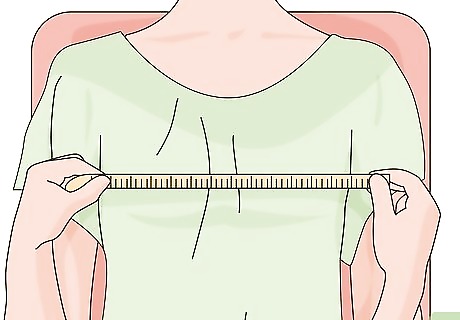
Determine the width of the user’s chest at the widest point. This is usually the length directly from under one armpit to the other. This will influence how wide the seat back will need to be. To be safe, add about 1 inch (2.5 cm) to this measurement to ensure that the seat back completely supports the user at all times.
Measuring for Other Components
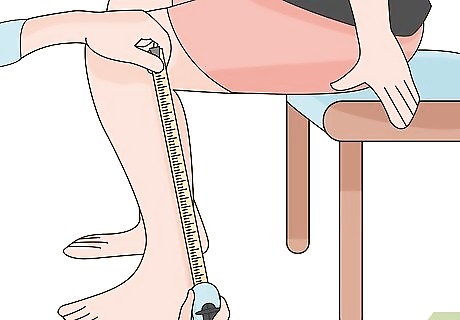
Take the length from the back of the user’s heel to the user’s knee. For the most accurate results, measure to the back of the user’s knee. This will determine both the length of the wheelchair’s leg rest extension and how high off the ground the seat will be. If the person will be using their arms to move the chair, add 2 inches (5.1 cm) to this measurement to determine the seat height. This is how much room the footrest needs for clearance. If the person will be using their feet to propel the chair, use this measurement for the seat height. This will allow the person to reach the ground with the back of their heel.
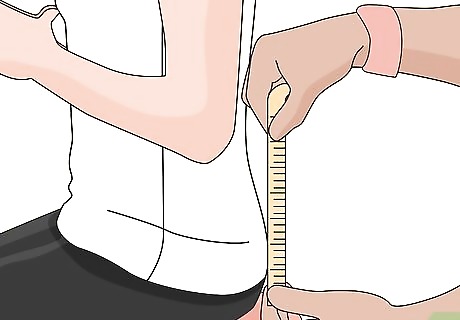
Record the length from the user’s elbow to their hips. Make sure the user is sitting down and their arms are at a 90-degree angle when taking this measurement. Measure the specific length from the tip of the elbow to the top of the person’s hips. This will determine the height of the armrest in relation to the seat. Have the user keep their shoulders relaxed and neutral for accurate measurements.

Measure from the user’s hips to the top of their head, if needed. This measurement will be necessary if the person is using a headrest. Use the length from the person’s rear to the top of their head in a sitting position to take this measurement. Be sure to have the user sit up straight while taking this measurement in order to get accurate results. Note that if the person using the chair does not need a headrest, you can skip this step.
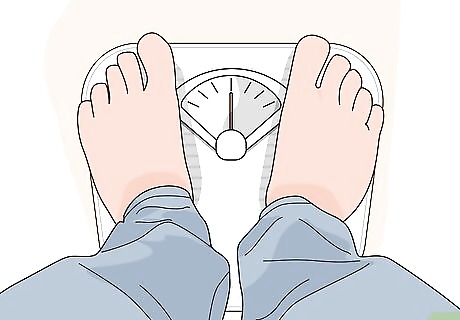
Take the person’s weight in case a chair has weight limits. Some wheelchairs on the market have limits on how much weight they can safely sustain. Even if you don’t think the person using the chair will exceed any weight limits, it’s a good idea to have their weight recorded just in case. Use a chair scale to weigh the person if they can’t stand on an ordinary scale. Portable chair scales can be purchased at any store that sells wheelchairs and other medical supplies. Note that the user will likely need assistance getting into and out of the scale. Most basic wheelchairs can support up to 250 pounds (110 kg).Tip: When buying a wheelchair, consider the doorways, elevators, and ramps that will be encountered on a daily basis. Take quick measurements of these entryways so you can make sure the wheelchair isn't too wide or too tall to pass through them.













Comments
0 comment